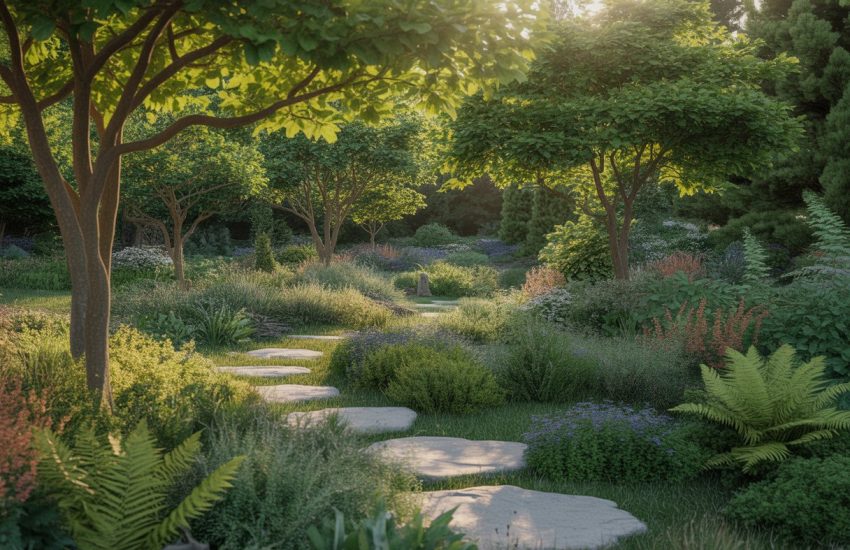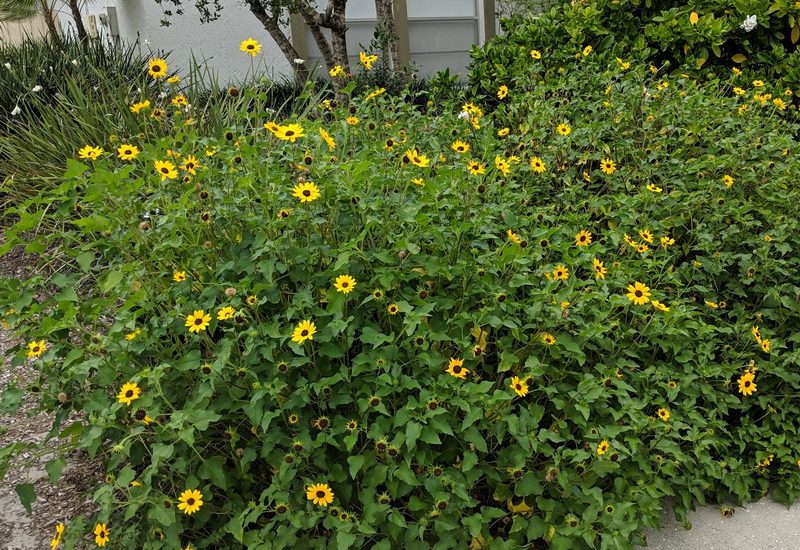Plants in the Mojave Desert: A Guide to the Region’s Flora
The Mojave Desert is a unique ecosystem that spans across parts of California, Nevada, Utah, and Arizona. The desert is known for its harsh climate and extreme temperatures, making it a challenging environment for plant life to thrive. Despite these challenges, the Mojave Desert is home to a diverse range of plant species that have adapted to the harsh conditions of the region.

The plants in the Mojave Desert have evolved to survive in a variety of ways. Some have developed deep root systems to access water that is buried deep beneath the surface, while others have adapted to store water in their leaves or stems. Many plants in the Mojave Desert have also developed specialized features such as thorns or spines to deter herbivores and protect themselves from the harsh sun.
Understanding the plants of the Mojave Desert is essential to understanding the ecology of the region. The plants play a crucial role in maintaining the delicate balance of the desert ecosystem, providing food and shelter for a wide range of animals. Additionally, the unique adaptations of the plants in the Mojave Desert have led to many medical breakthroughs and technological advancements. As such, the study of plants in the Mojave Desert is of great importance to both scientists and the general public alike.
Flora and Adaptations
Iconic Species
The Mojave Desert is home to a unique and diverse range of plant species that have adapted to the harsh desert climate. One of the most iconic species found in the Mojave Desert is the Joshua Tree (Yucca brevifolia). This tree-like yucca plant is known for its distinctive shape and can grow up to 40 feet tall. Another iconic species is the Creosote Bush (Larrea tridentata), which is a common sight throughout the Mojave Desert.
Vegetation Zones
The vegetation in the Mojave Desert is divided into different zones based on elevation and climate. The lower elevations of the Mojave Desert are dominated by creosote bush, while higher elevations are home to pinyon-juniper woodlands and Joshua tree woodlands. At even higher elevations, there are subalpine forests of white fir and ponderosa pine.
Plant Adaptations
The plants in the Mojave Desert have evolved a range of adaptations to survive in the arid environment. Drought-tolerant species are common, such as the Creosote Bush, which has adapted to the harsh desert climate by developing a deep root system to access water. Other plants, such as annuals, have adapted to the unpredictable rainfall by producing seeds that can lay dormant until the next rainy season.
Cacti are also common in the Mojave Desert and have developed a range of adaptations to survive in the harsh environment. Their thick, fleshy stems and leaves store water, allowing them to survive long periods of drought. Some cacti, such as the barrel cactus, have also developed spines to deter animals from eating them and to protect them from the intense desert sun.
Overall, the plant life in the Mojave Desert is a testament to the resilience and adaptability of nature. Despite the harsh conditions, a diverse range of plant species have found a way to thrive in this unique habitat.
Environmental Factors

Climate and Weather
The Mojave Desert is characterized by its hot and dry climate, with temperatures ranging from 90°F (32°C) during the day to 30°F (-1°C) at night. The region receives an average of 5 inches (13 cm) of rain per year, with most of it falling during the winter months. The high temperatures and low rainfall make the Mojave Desert a harsh environment for plants to survive in.
Geographical Influence
The Mojave Desert covers parts of California, Arizona, Nevada, and Utah. Its unique geographical location plays a significant role in the type of plants that grow in the region. The desert’s elevation ranges from 500 to 8,000 feet (150 to 2,400 meters) above sea level, which creates different temperature and precipitation zones. The desert’s topography also affects the amount of sunlight and wind exposure that plants receive.
Human Impact
Human activity has had a significant impact on the Mojave Desert’s ecosystem. The region has experienced an increase in temperature and a decrease in rainfall due to climate change. This has led to changes in vegetation associations and the spread of invasive species. The construction of roads, buildings, and other infrastructure has also disrupted the natural habitat of plants and animals in the region.
Overall, the Mojave Desert’s harsh environmental factors make it a challenging place for plants to survive. However, the region’s unique ecosystem and vegetation associations continue to thrive despite the challenges posed by climate change and human impact. The Mojave National Preserve and Bureau of Land Management work to preserve and protect the desert’s natural beauty and biodiversity.


